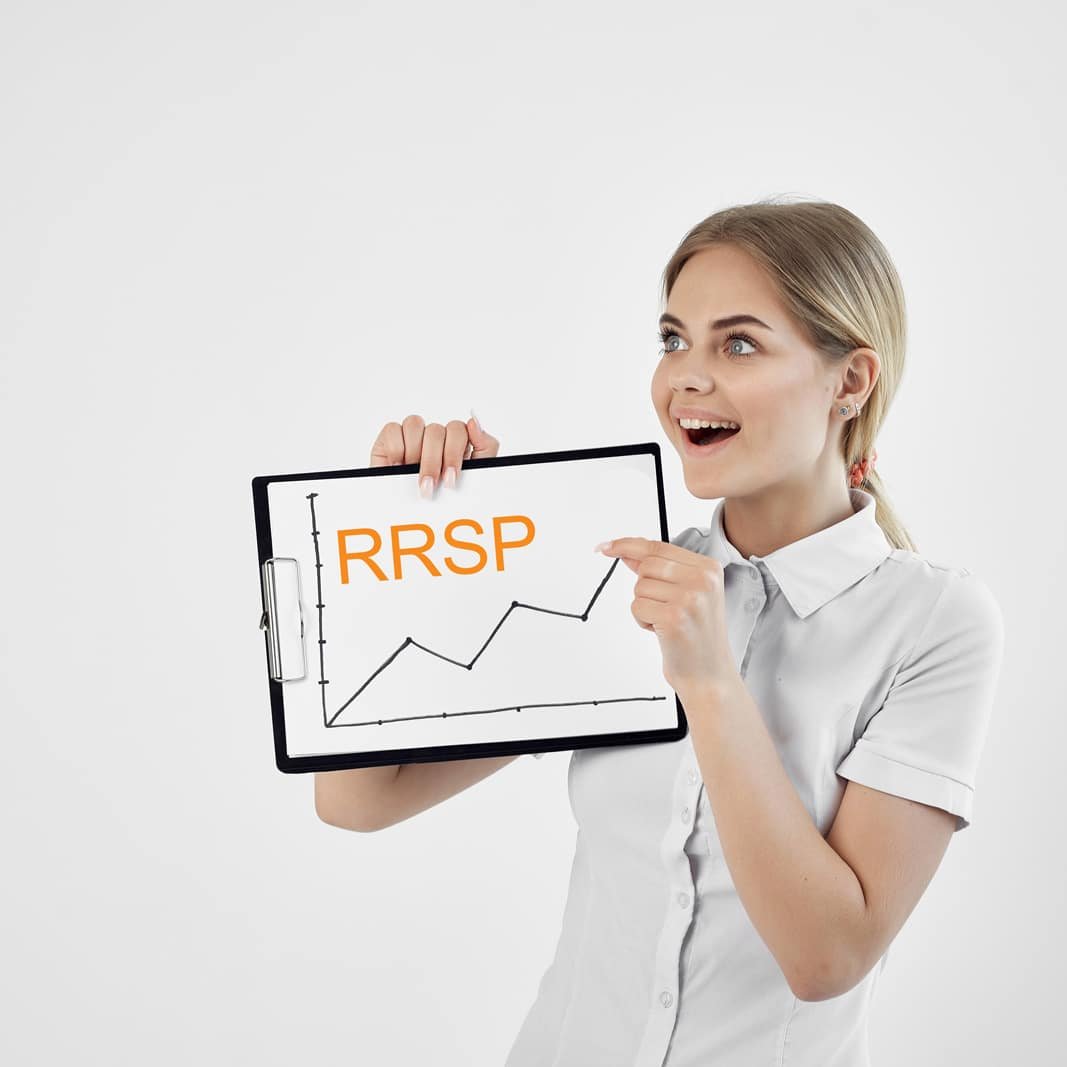Secure Your Future, Build Wealth with RRSP
Registered Retirement Savings Plans were created in 1957 as part of the Canadian Income Tax Act. They are registered with the Canadian government and overseen by the Canada Revenue Agency (CRA), which sets rules governing annual contribution limits, contribution timing, and what assets are allowed.
Contributions to an RRSP are made on a pre-tax basis and grow tax-free until they are withdrawn, at which point they are taxed at the marginal rate.
RRSPs have two main tax advantages. First, contributors may deduct contributions against their income. Second, the growth of RRSP investments is tax-deferred.
You may want to set up a spousal or common-law partner RRSP. This type of plan can help ensure that retirement income is more evenly split between both of you. The benefit is greatest if a higher-income spouse or common-law partner contributes to an RRSP for a lower-income spouse or common-law partner. The contributor receives the short term benefit of the tax deduction for the contributions and the annuitant, who is likely to be in a lower tax bracket during retirement, receives the income and reports it on their income tax and benefits return.

Don't have an Advisor?
Connect with one today.
Get Insurance Advice for free
Get fast, and free insurance advice with Us. We will help you find the right insurance coverage for You!
Facing any problems? Call Us. We are available 24/7.
FAQ
As an example, let’s say you start withdrawing money from your RRSP after you retire at age 65. At this point in your life, you may be in a lower tax bracket. This means you’ll be paying less tax than you would if you with withdrew money from your RRSP in your 30s or 40s.
loss of tax-sheltered compounding,*facing withholding tax, and permanent loss of contribution room.
* Compounding is what happens when your investment earnings or savings account interest is added to your original contribution.
But there are certain situations where early withdrawals from an RRSP may provide benefits. The government treats withdrawals to buy your first home (RRSP Home Buyers’ Plan) or finance your education (RRSP Lifelong Learning Plan) differently from other early RRSP withdrawals. Funds borrowed from the Home Buyers’ Plan and Lifelong Learning Plan are not taxable, as long as you repay the loan on time.
The Notice of Assessment that the Canada Revenue Agency (CRA) sends to you each year after processing your tax return shows your RRSP contribution limit. This will include any unused contribution room from previous years.
When this happens, you can choose to:
• Take your RRSP funds in cash,
• Purchase an annuity,
• Transfer your RRSP funds into a registered retirement income fund (RRIF), or some combination of the above.
